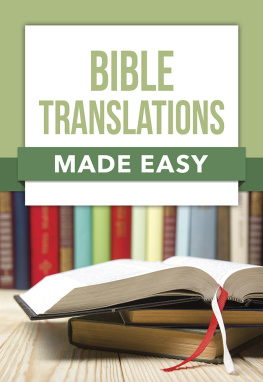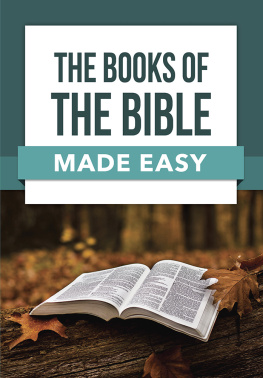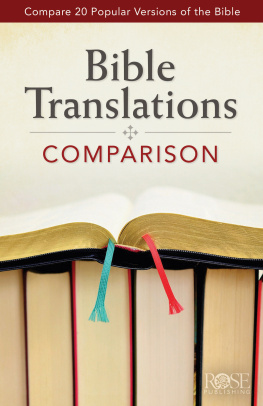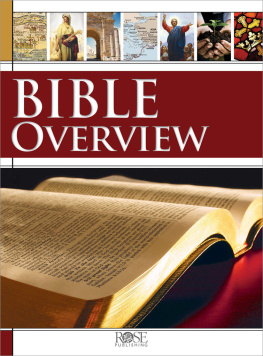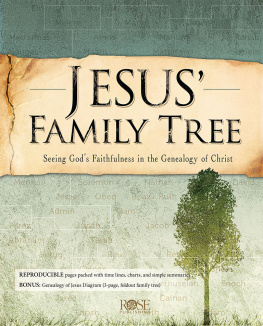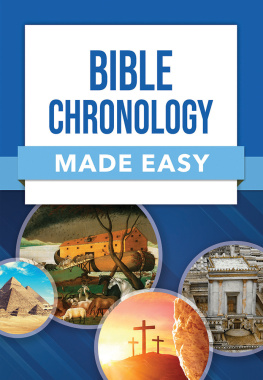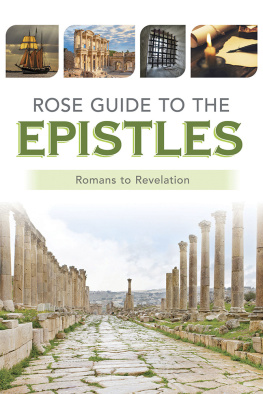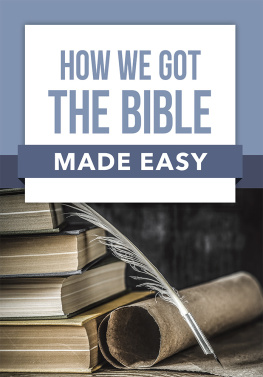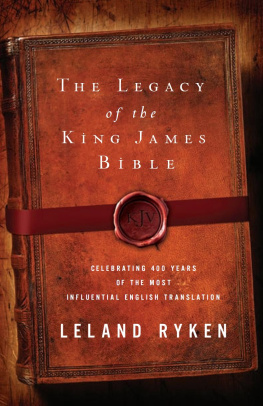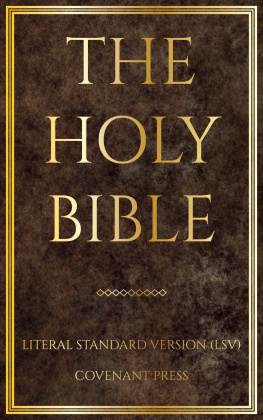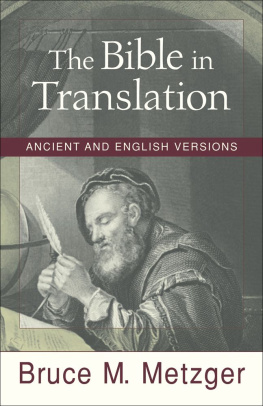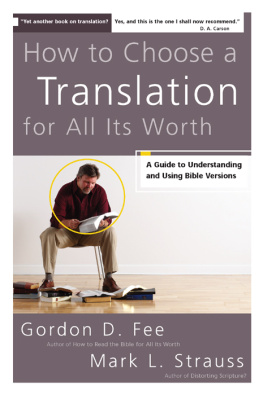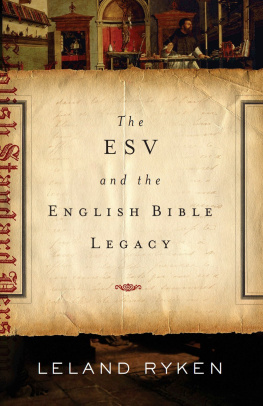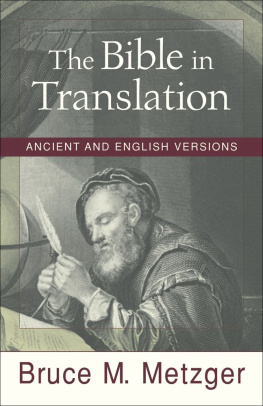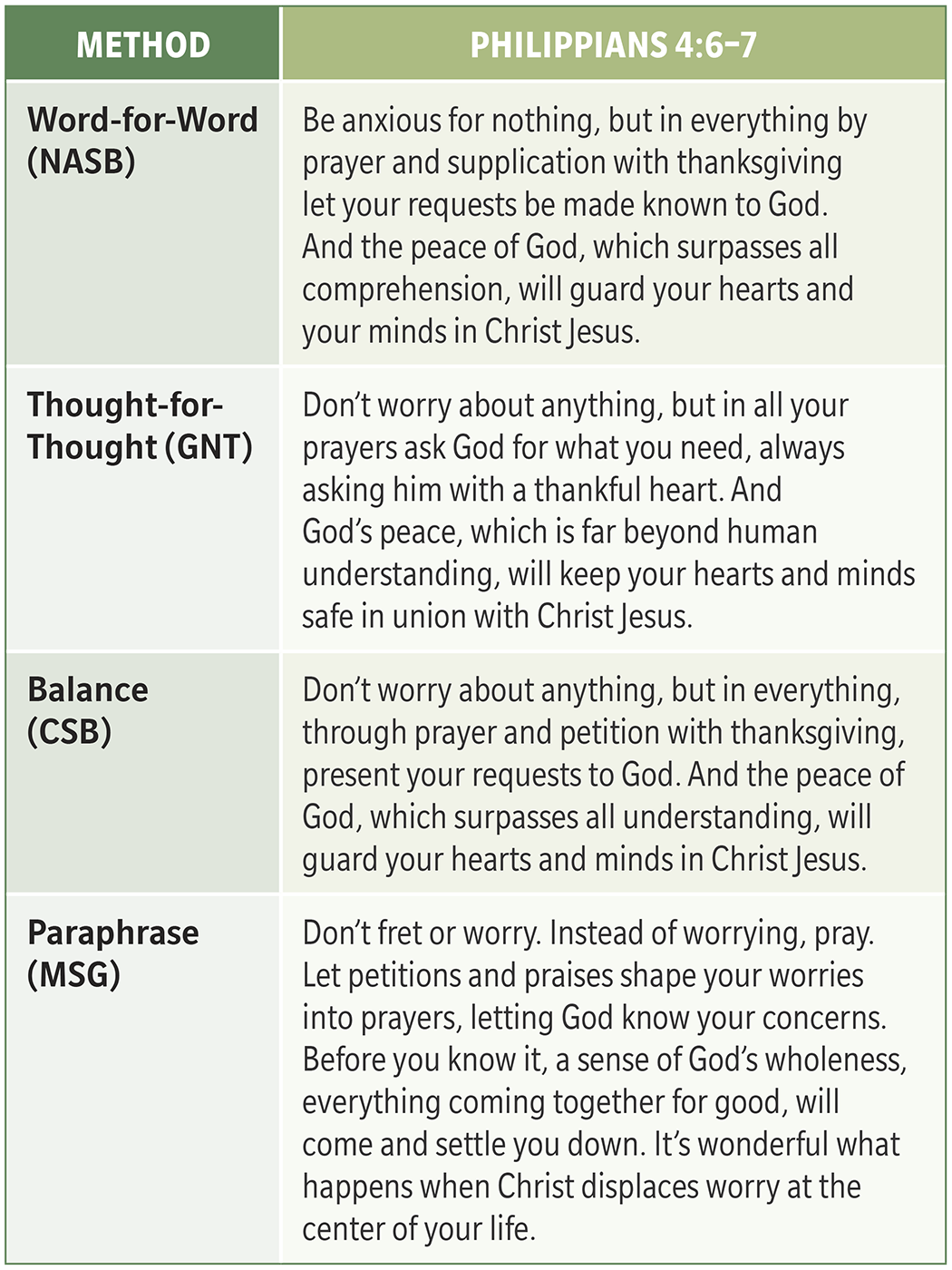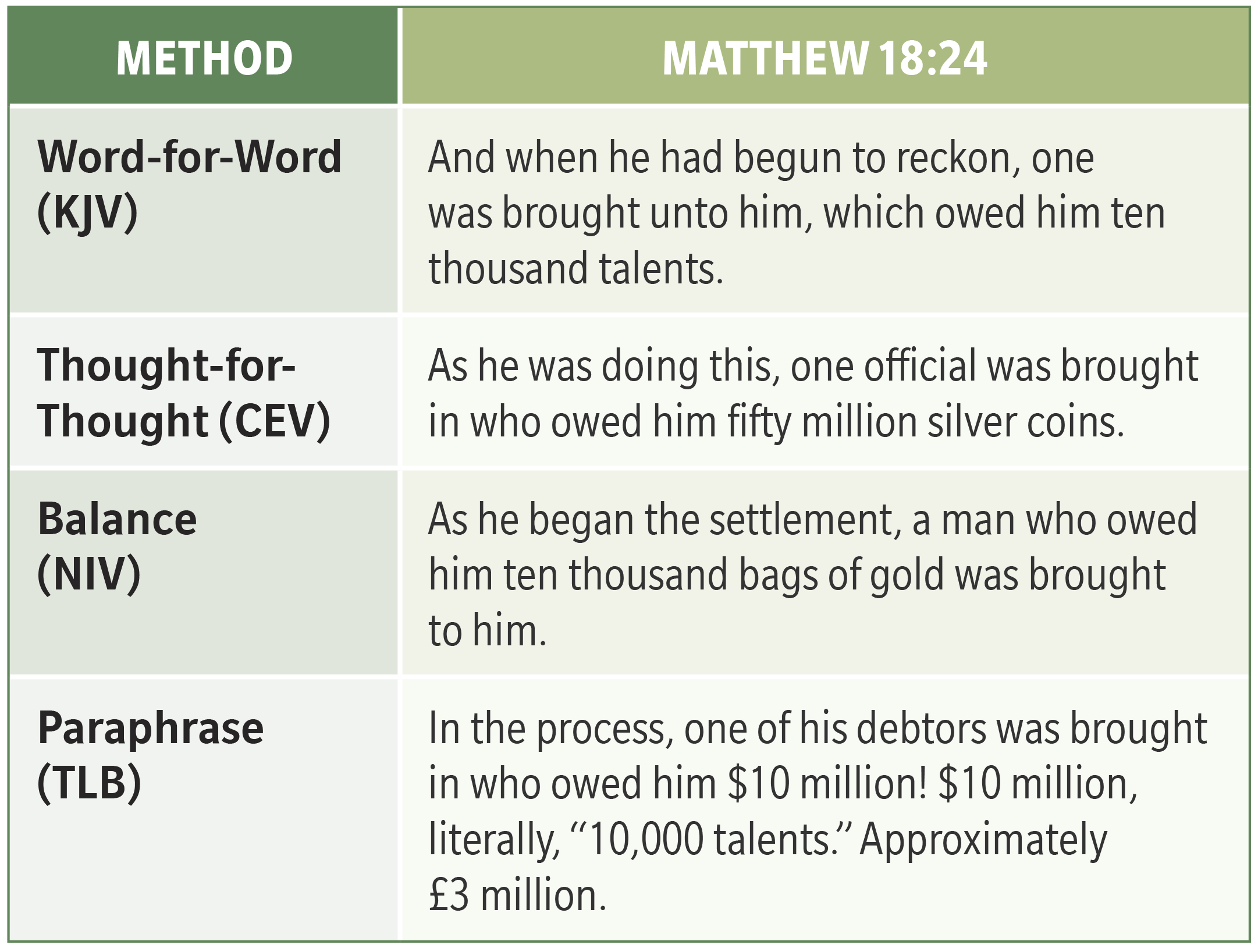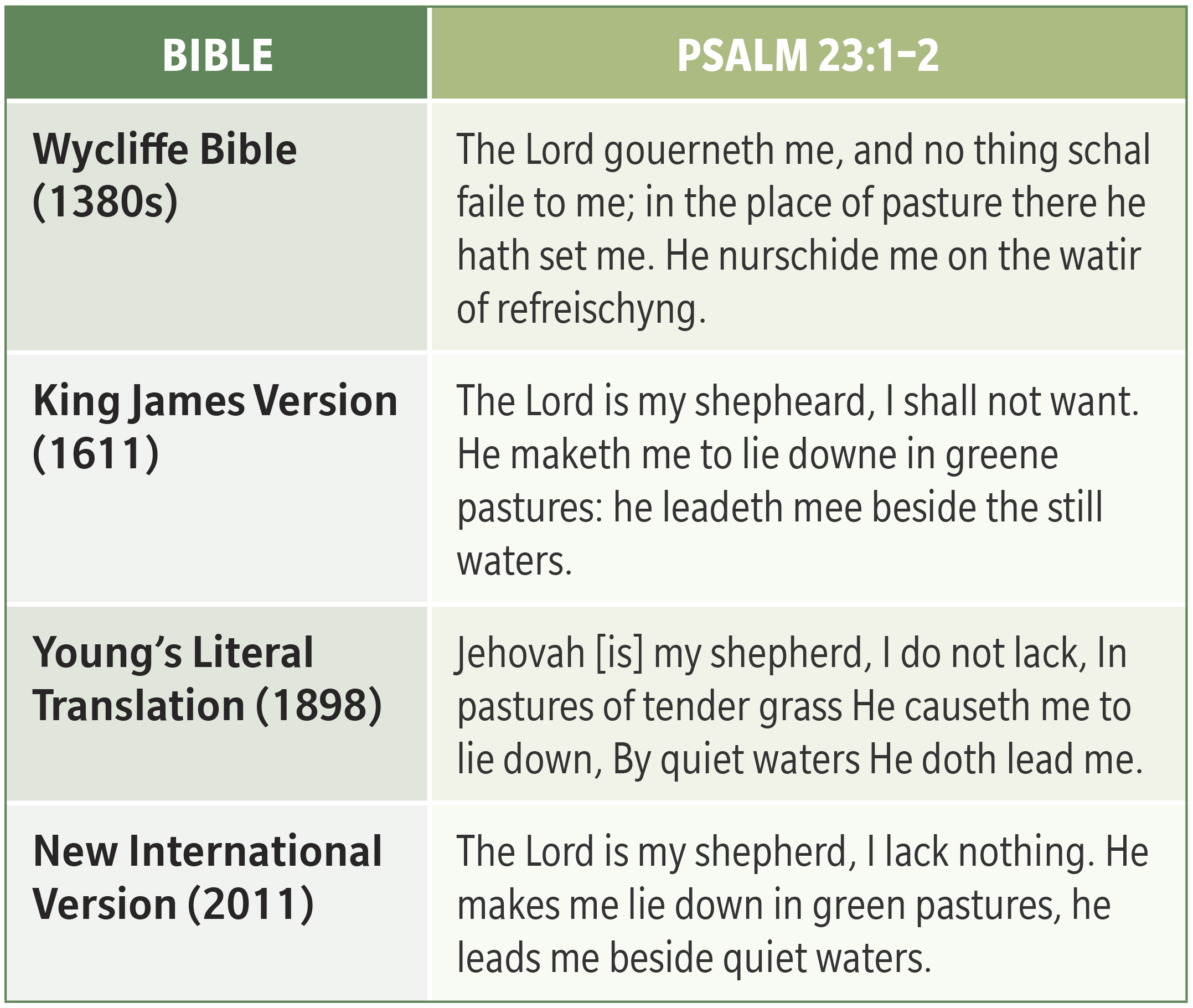The Made Easy series is a collection of concise, pocket-sized books that summarize key biblical teachings and provide clear, user-friendly explanations to common questions about the Christian faith. Find more Made Easy books at www.hendricksonrose.com.
All rights reserved. No part of this work may be reproduced or transmitted in any form or by any means, electronic or mechanical, including photocopying, recording, or by any information storage and retrieval system, without permission in writing from the publisher.
Rose Publishing, LLC is in no way liable for any context, change of content, or activity for the works listed. Citation of a work does not mean endorsement of all its contents or of other works by the same author(s).
20 Popular English Translations from Bible Translations Comparison by Rose Publishing.
Frequently Asked Questions by Len Woods.
Special thanks to Benjamin Lyttle for his contributions to this book.

Understanding Bible Translation
For more than 2,000 years, scholars have been translating the Bible. The Old Testament was written over a 1,500-year period before the birth of Christ. It was written primarily in Hebrew, with a few portions in Aramaic. The New Testament was written within seventy years of Christs death and resurrection ( ad 50100). The writers of the New Testament wrote in Koine (common) Greek. The original manuscripts have not survived, but Gods Word has been preserved through meticulous copying.
Three primary methods of Bible translation (and a fourth approach) have evolved over the centuries. Each method is valuable, and they often have more in common than not.
What Are the Translation Methods?
There are three basic methods for Bible translation:
- Word-for-Word
- Thought-for-Thought
- Balance
There is also paraphrasing, which is slightly different than translation.
Word-for-Word
In this method, scholars attempt to translate each word based upon the word usage at the time of the writing. This is the strictest translation method. Although no translation is literally word for word, the intent of this method is to come as close as possible to the original word usage. This method is also called formal equivalence. It attempts to stay as close to the original form as possible.
Examples of word-for-word Bible translations:
- King James Version (KJV)
- Revised Standard Version (RSV)
- New American Standard Bible (NASB)
Thought-for-Thought
In this method, scholars translate the meaning of each thought. This is a looser translation method, which is great for ease of reading. The goal is to translate the sense or meaning of a sentence or thought, so that they are easily understood by modern English speakers. This method is also called functional equivalence or dynamic equivalence .
Examples of thought-for-thought Bible translations:
- Good News Translation (GNT)
- New Living Translation (NLT)
Balance
This method seeks to find a middle grounda balancebetween word-for-word and thought-for thought approaches. This balanced approach is intended to create a translation that is close to the original, but also readable. This method is sometimes called optimal equivalence.
Examples of balance Bible translations:
- New International Version (NIV)
- Gods Word Translation (GW)
- Christian Standard Bible (CSB)
Paraphrase
This is a restatement of a translation in modern terms and vocabulary, often expanded or amplified for clarity. This method is not intended to be a translation per se, but to be easy for modern-day readers to understand and connect with the text. This approach is sometimes called free translation .
Examples of paraphrase Bibles:
- The Message (MSG)
- The Living Bible (TLB)
Look at the following example of how Philippians 4:67 is translated in each of the approaches.
Historical Distance
One challenge for Bible translators is what linguists call historical distance. This is the separation between the languages, geography, and cultures of the time when the Bible was written and today. Translating the Bible involves bridging that gapto one degree or another.
Historical distance is especially significant when translating weights, measurements, and money. For example, in Matthew 18, Jesus tells a parable about a servant who owed to a king a huge, unpayable debt. In the parable, the servant owes ten thousand talents. In New Testament times, a talent ( talanton in Greek) was not an actual coin, but an amount of money. One talent was equivalent to twenty years of a laborers wages. So ten thousand times twenty years worth of wages was an exaggerated amount to emphasize how enormous the mans debt was to the king.
Look at how the following Bible translation methods deal with this historical distance:
Why Do New Translations Continue to Appear?
. Words change.
Modern language changes constantly, and the Bible must use understandable words for everyday life. What was familiar to English speakers a few hundred years ago might not make much sense today.
For example, compare these four English translations of Psalm 23:12, spanning more than six centuries.
. Understanding of ancient languages change.
The Bible was written using hundreds of words that are no longer understood. Scholars continue to discover the meanings of words and phrases, and either update existing translations or create new translations.
For example, in the 1920s, excavations in the ancient city of Ugarit (in northern Syria today) led to the discovery of a previously unknown language. Ugaritic is an ancient Semitic language similar to Hebrew. This discovery helped scholars better understand Hebrew vocabulary in the Old Testament.
. Translators purposes vary.
When an ancient term or phrase may be translated correctly in several different ways, the translators purpose affects which words are chosen.
For example, consider the different goals of the Good News Translation (GNT) and the New King James Version (NKJV). The GNT was developed to provide a Bible for non-native English speakers. The NKJV was produced to be a modern-language translation that preserved the structure and beauty of the King James Version. Here is how Proverbs 3:56 reads in these two translations.

